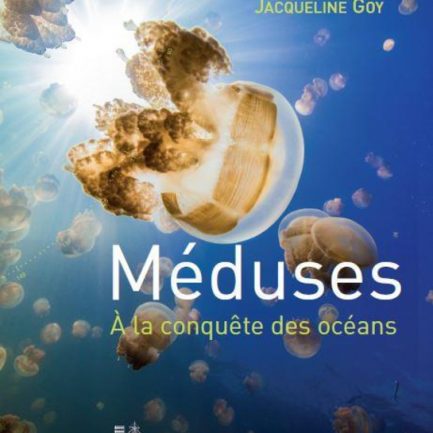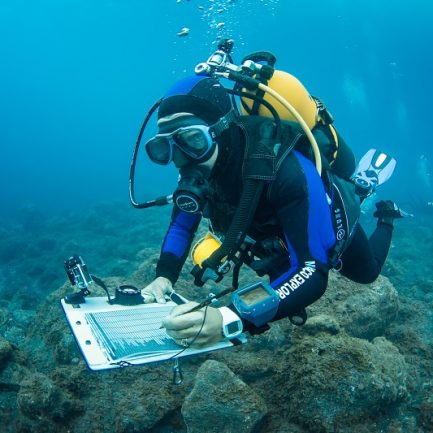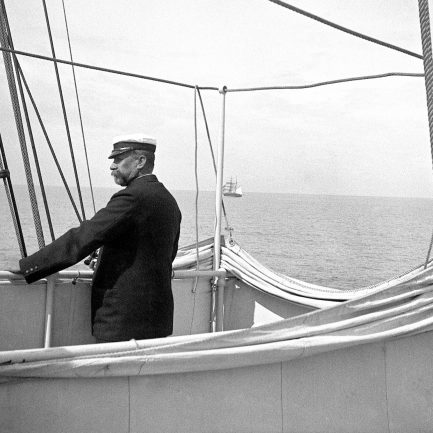Working together to create the first generation of large marine parks in the world
- Accueil
- Actualités
- Working together to create the first generation of large marine parks in the world
Under two percent of the ocean is currently “strongly protected”. In 2006, to make up for this shortfall, the Pew Charitable Trusts and several other partners launched the Global Ocean Legacy project. The aim of this project is to contribute to creating large-scale marine reserves, as set out in the scientific sheet drawn up by Global Legacy – Pew below.
The ocean, which is essential for life, is under greater and greater threat
The ocean plays an essential role in maintaining life on our planet. It covers almost three quarters of the globe and hosts around a quarter of all identified species in the world, not to mention plenty others we have yet to discover. The ocean ensures the survival of billions of people and a multitude of species of wildlife.
Human activity, however, is posing an ever-increasingly serious threat to its health. In this context, large and strongly protected marine reserves are becoming crucial with regard to protecting the marine environment. Within these reserves, fishing and all other extraction activities are prohibited to ensure that the oceans are properly preserved.

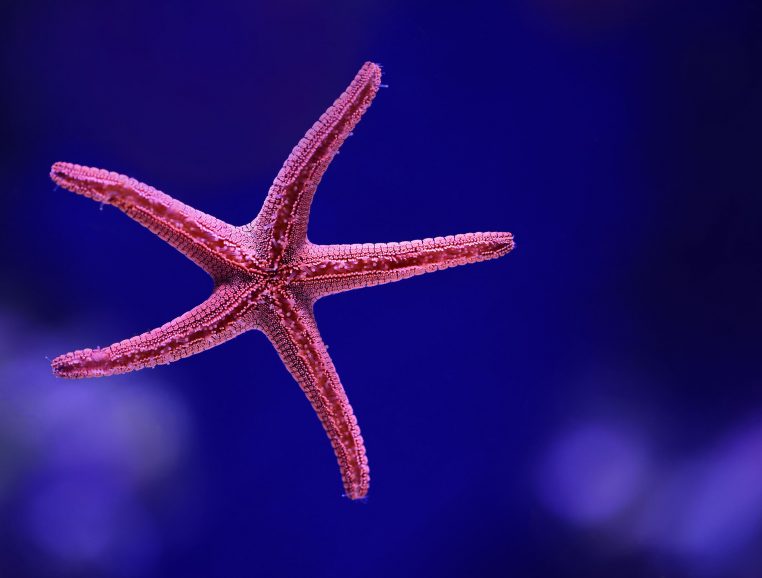
An association of world leaders sharing the same vision
Global Ocean Legacy collaborates with communities, governments and scientists from around the world to save some of the most important and well-preserved ocean environments.
Global Ocean Legacy is a partnership of philanthropic leaders who share a common vision: protecting the ocean for future generations by creating 15 large marine parks – all of which cover at least 200,000 square kilometres – by 2022. The partners of Global Ocean Legacy are Bloomberg Philanthropies, Lyda Hill Foundation, Oak Foundation, The Pew Charitable Trusts, Robertson Foundation et Tiffany & Co Foundation.
Large and strongly protected marine areas, essential for conservation
Studies have shown that large and strongly protected marine reserves are crucial in terms of restoring the abundance and diversity of species and protecting the general condition of the marine environment. However, under 2.5% of the ocean is strongly protected, as against 1.5% of dry land.
In the US, the creation of Yellowstone National Park in 1872 was not just about protecting one of the most spectacular landscapes in the country; it also marked the beginning of a new way of thinking about protecting nature.
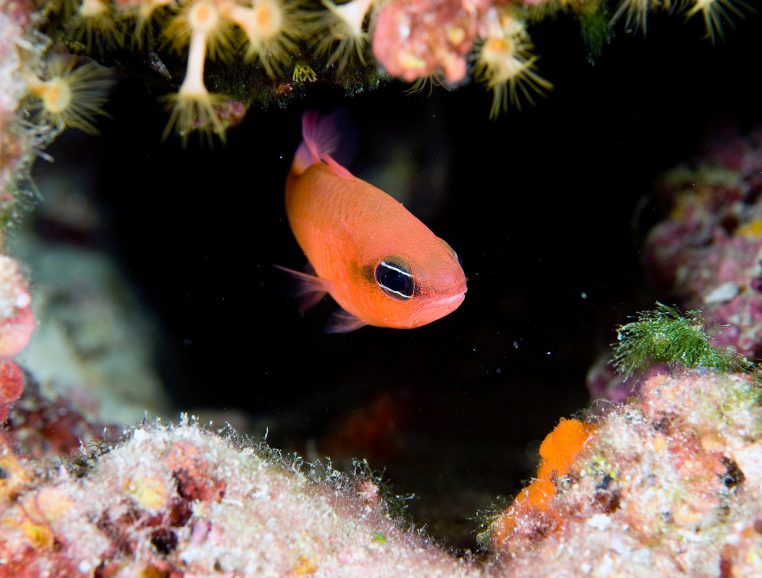
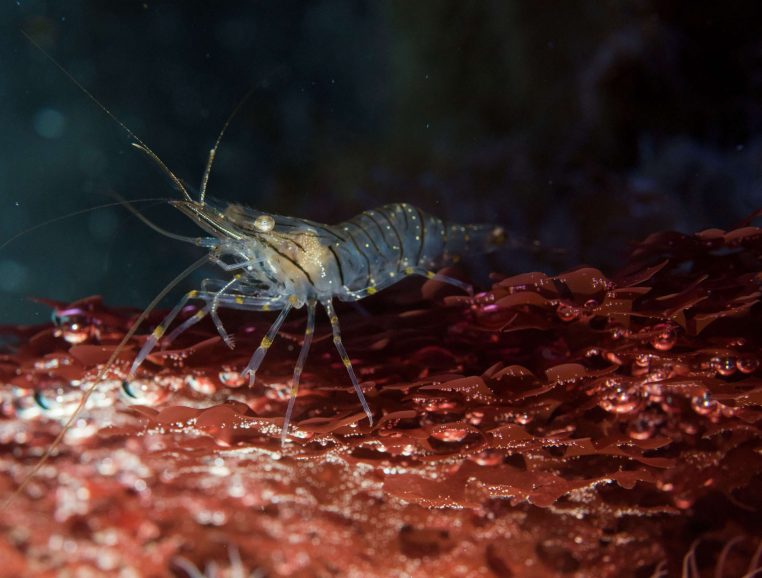
Satellite surveillance to ensure the boundaries of the reserves are respected
It can be difficult to monitor marine reserves and ensure they are respected in the remotest areas of the world, even though most of the last virtually untouched parts of the ocean are found there.
To overcome this difficulty, Pew joined forces with Satellite Applications Catapult, a British government initiative, to launch the Eyes on the Sea project and its virtual surveillance centre. This innovative system allows government agents and other analysts to identify and monitor illegal activities at sea, particularly illegal, undeclared and unregulated fishing, also known as pirate fishing.




